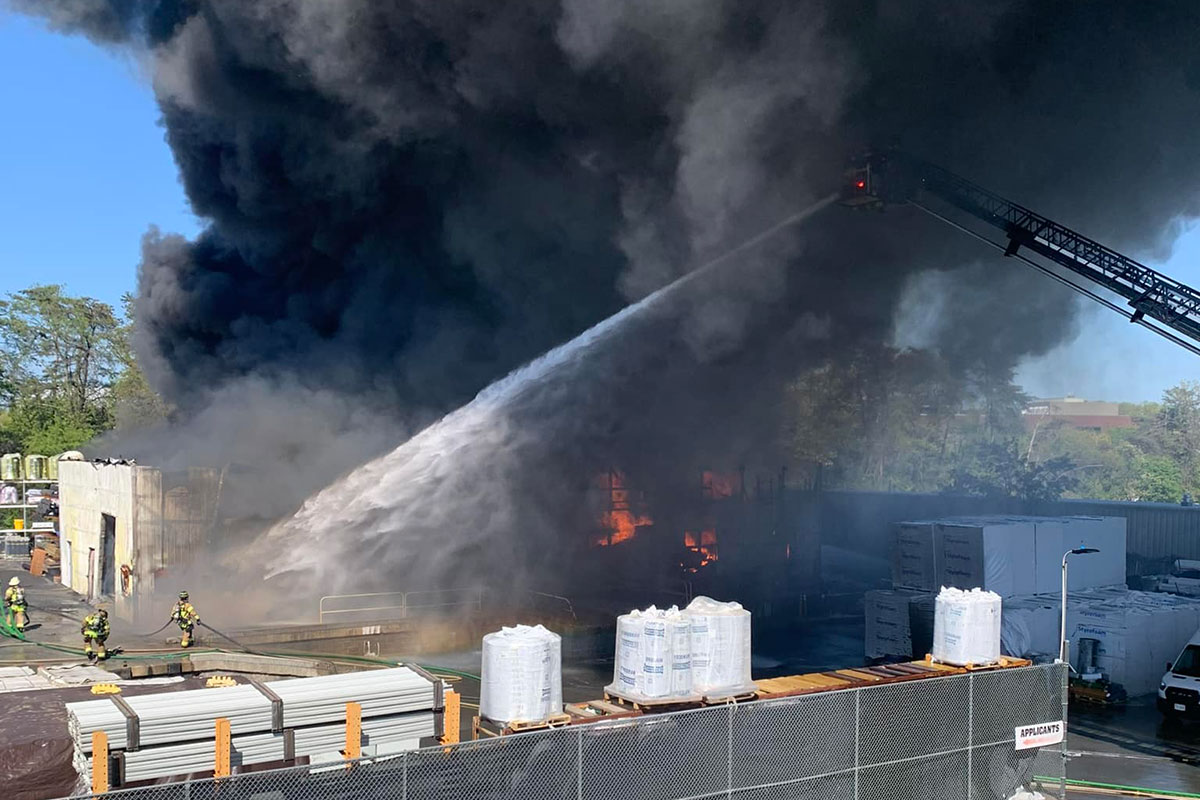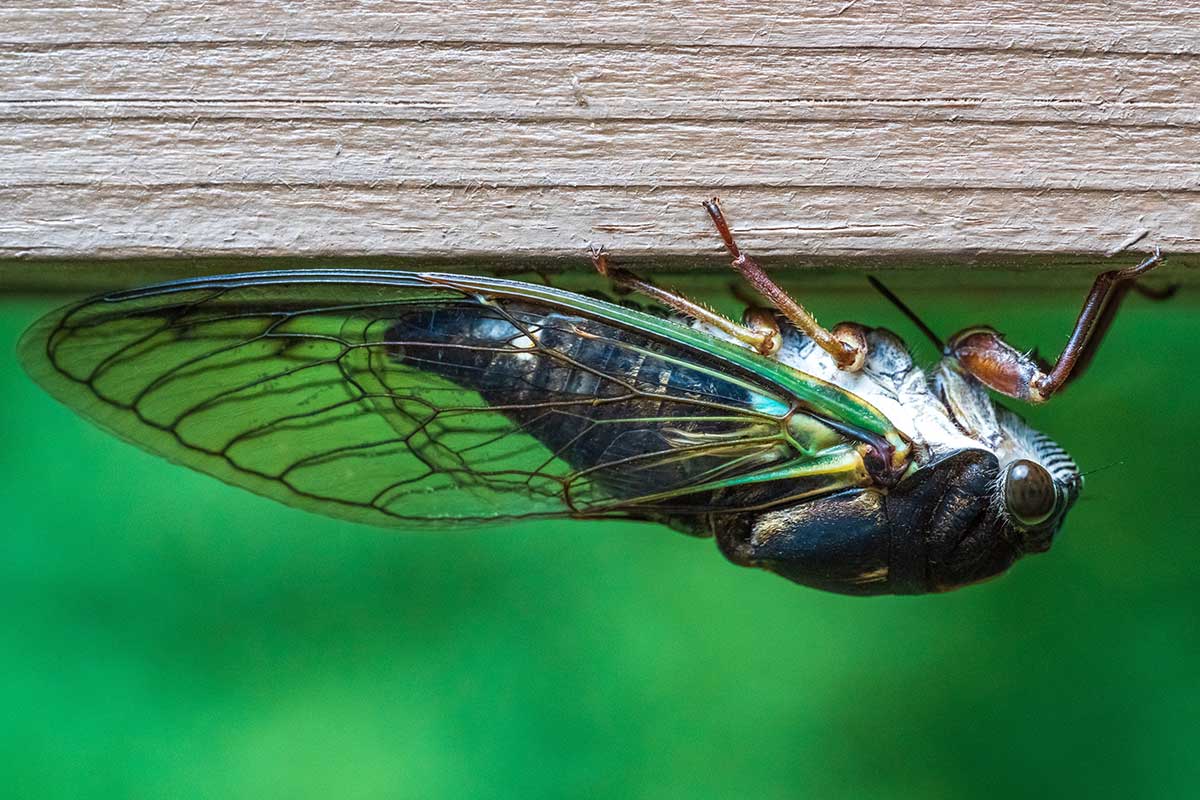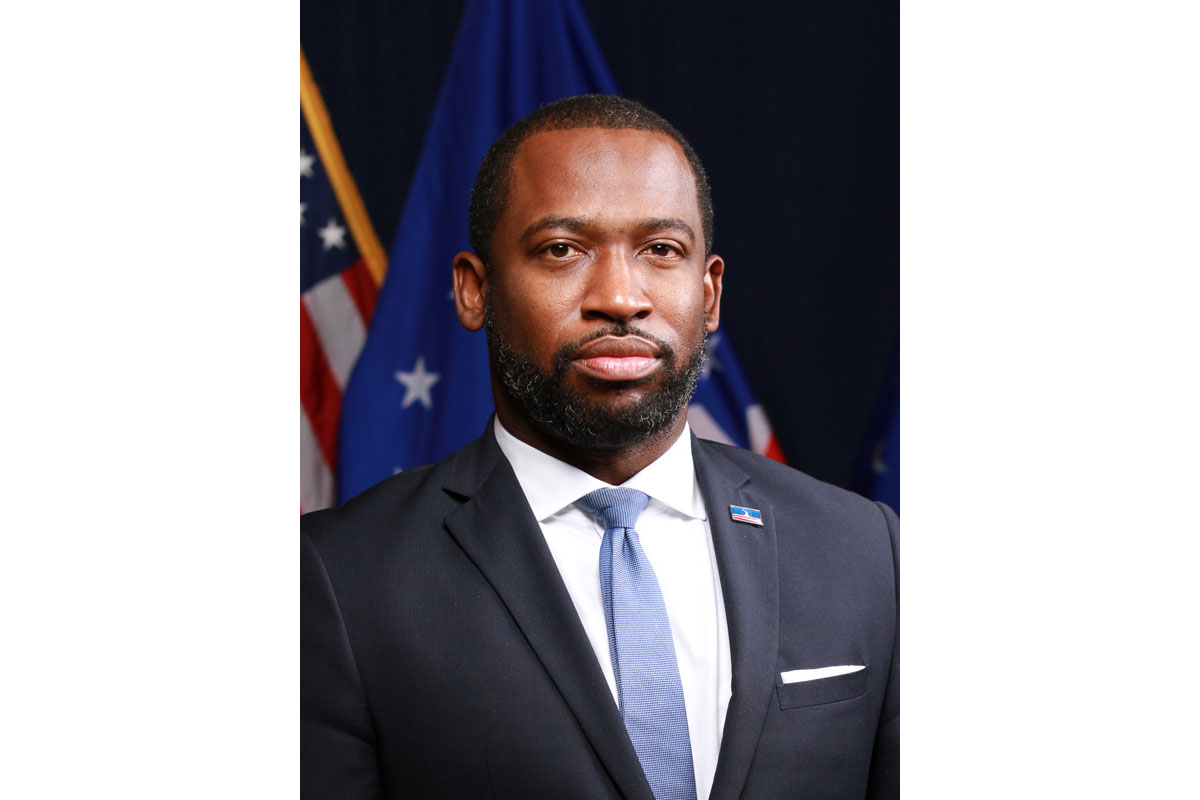Editor’s Note: To keep Virginia wine’s credibility up, is it really a good idea to hide the best pours from the public? – Stefanie Gans
Why You Might Not Be Trying The Best Virginia Wineries Have To Offer.
By Laura Hayes

There’s a reason first-class passengers board first—it’s so every coach passenger can bump along taking extra care not to knock over elite passengers’ plastic glasses of VIPinot Noir en route to the back of the plane. Creating exclusivity is so integral to making a buck today that every business from airlines to OpenTable offers loyalty programs bestowing rewards on top customers, and wineries are no different.
Annette Boyd, the director of the Virginia Wine Board’s marketing office, says nearly all 255 wineries open for tours and tastings offer wine clubs. “Exclusivity is important for being successful,” Boyd says. “Everybody wants to feel special and get access to something they might not otherwise have access to.”
Most memberships come with perks that don’t impact nonmember enjoyment of wineries, such as free tastings and special events in exchange for purchasing a case or more of wine annually. However, some go as far as pouring premium wine for club members only, leaving first-time visitors feeling cork-blocked. Chrysalis Vineyards, Rappahannock Cellars, Winery at La Grange, Keswick Vineyards and Breaux Vineyards are among them.
“We have two wines that are exclusively for VIP Club members; no one else can get them at any price,” says Chrysalis Vineyards owner Jennifer McCloud. “We do it because they’re so important. It’s an expression of exclusivity and our support in exchange for letting us charge their credit card 40 or 50 bucks a month.” McCloud’s not kidding. On a recent visit, we begged to try the members-only wine with no luck.
Too bad, McCloud says. “It’s like first class. Look at those people in first class. Well people in first class pay for it. Become a VIP member for god sakes. It’s two bottles of wine a month.”
While we were unsuccessful at charming our way into trying Chrysalis’ reserve tastings, Matthew Fitzsimmons, an Alexandria-based wine lover, knows how to game the system. “I schmooze with pourers by asking lots of questions because that’s when they tend to offer you more stuff,” Fitzsimmons says. He was able to try a port-style wine and a Petit Verdot at Breaux Vineyards he says aren’t available to nonmembers. “Those two were excellent, but the stuff on the regular tasting menu was on the weak side.”
Jacqueline Rullman, Kewswick’s wine club manager, admits some of their best wine goes to club members. “They’re definitely the top labels, our signature series,” she says. “It is a constant issue, but we’re not snobby about it; we’re going to refuse to pour it.” At Keswick, it’s a volume issue. Many member wines come from small lots, meaning they’d sell out too quickly if made available to the masses.
While Chrysalis and Keswick offer a few bonus wines for members, others take it further. Of Rappahannock’s 25 wines, only eight are publicly available, and Breaux lists 33 Cellar Club wines online.
This practice is not novel—California wineries have been doing it for decades. Arlington-based wine enthusiast Greg Cottrell frequents vineyards in California and Virginia. “Some wineries may only hold a couple of wines for its members, and some hold back none at all,” he says. “None of these sales variations are different from wineries run in other parts of the country.” Cottrell says he is a member of Napa Valley’s Flora Springs Vineyards to get access to top-level cabernet sauvignons.
But more than wine is off-limits to nonmembers at area wineries. Several further enhance the member experience by offering private gathering spaces away from the din of high-traffic tasting rooms. GreenHill Winery & Vineyards, Delaplane Cellars, Rappahannock Cellars and Linden Vineyards have members-only retreats ranging from a cozy porch to a charming stone house.
This perk is polarizing—one only needs to look at Linden Vineyard’s Yelp reviews to see the pendulum swing from one to five stars depending on whether the reviewer is in the Case Club. That’s because Linden’s restrictions are strict: An inviting deck and the grounds are only accessible for Case Club members on Saturdays and Sundays, and only members can enjoy bottles of wine on property with cheese and charcuterie.
Owner Jim Law’s decision to generously reward Case Club members evolved over time. “Linden was one of the first wineries in the area back in the ’80s when people didn’t drink much wine,” he says. But business picked up in the ’90s and early 2000s. “We started having crowds that overwhelmed us, we were running out of wine, and the facilities couldn’t handle it.”
Law says his loyal customers weren’t coming out because of the new, rowdy atmosphere. “You take lovely, intelligent, witty people and put them in a group with a little alcohol, and the dynamic turns ugly; they no longer care about the wine,” Law says. “I’m as guilty as anybody on that.”
Law implemented the Case Club eight years ago to recreate a peaceful environment for its chief oenophiles. With incentives like these, it should be a no-brainer for those who frequent Linden to join. However, while signing up is as easy as purchasing a 12-bottle case, it’s an investment when you consider that the average cost of a bottle of Linden wine is $30, making a case well over $300.
The question is whether Virginia, the fifth-largest producer of wine in the U.S. according to the International Wine Review, is mature enough as a wine region to withhold premium products from the public and take a bit of the welcome away by restricting nonmember use of facilities. Wine and spirits writer Kelly Magyarics, DWS, says it might be too soon. “If you are only letting a select group of people try your best wine, you’re not promoting Virginia wine as much as you could,” Magyarics says. “Virginia winemakers’ job is to market the product to as wide an audience as possible.”
Jenna Golden, a D.C. resident and frequent Virginia winery visitor, agrees. “If they’re trying to get people around the country to take them seriously, they need to put their best foot forward,” Golden says. But she also understands Law’s perspective. “They get a lot of people who go there who aren’t wine curious, like bachelorette parties, so it’s hard.” Golden recommends giving everyone a chance to try the best wine, even if that means upping the price.
It’s hard to blame wineries, however, for making wine clubs appealing because many rely on them to stay in the black. Chrysalis Vineyards, for example, derives 72 percent of its revenue from its tasting room sales. Of those sales, 55.8 percent comes from 1,100 VIP Club members, according to McCloud.
Even more staggering is Rappahannock Cellars, where Allan Delmare, Marketing Director, says 80 percent of business comes from the wine club. He calls the club “aggressive” because members commit to receiving 27 bottles a year instead of a standard 12-bottle case. The club is so popular that Rappahannock will be capping it and starting a wait list at year’s end.
Striking a balance between impressing first-time visitors with the hopes that they’ll take positive stories back to wherever they came from, thus boosting Virginia’s wine reputation, and providing high-value incentives to wine club customers who keep revenue coming in is tricky business. Perhaps the better wine clubs are those that go above and beyond to offer members something creative without preventing the public from trying the best products because you never know who is walking through the door.
(October, 2015)





